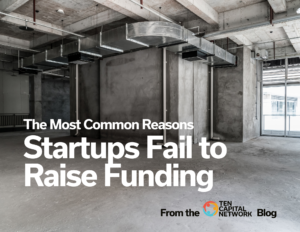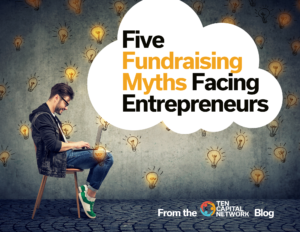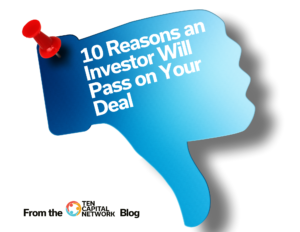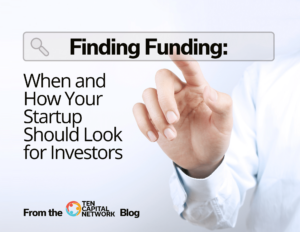
The Most Common Reasons Why Startups Fail to Raise Funding
1 min read There are many reasons why startups fail, these are the most common. Working with entrepreneurs every day on starting and growing their

1 min read There are many reasons why startups fail, these are the most common. Working with entrepreneurs every day on starting and growing their

2 min read Raising funding is difficult for many entrepreneurs, and there are fundraising myths out there making it even harder. In this article, we

2 min read Five Startup Cognitive Effects You Should Be Taking Advantage of A stellar product, a capable team, and a solid sales and marketing

2 min read Securing funding is one of the most difficult and yet most important aspects of launching your startup successfully, so what investor questions

2 min read Investors see many deals and can spot glaring holes immediately. Here are ten main reasons an investor will pass on your deal:

2 min read Finding Funding: When and How Your Startup Should Look for Investors. If your startup is beginning to gain traction in your market,